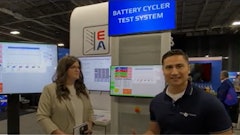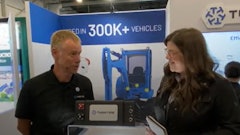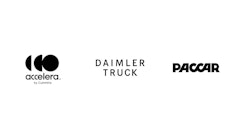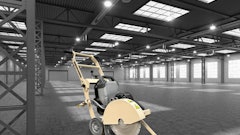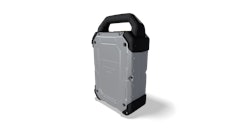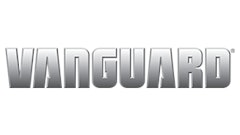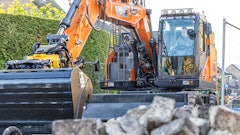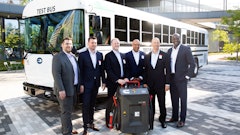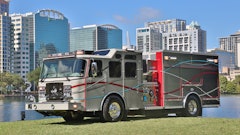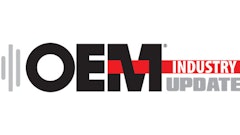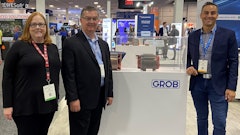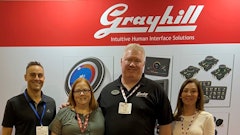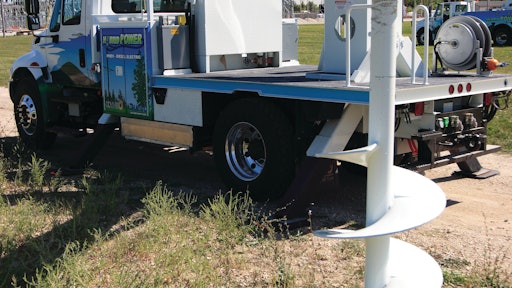
Odyne Systems, LLC, Waukesha, WI, (Odyne) focuses on plug-in parallel hybrid electric vehicle (PHEV) solutions for the work truck industry, including vehicles for utilities, telecommunications companies and other commercial markets.
Odyne has developed three major systems with battery capacities of 10kWh, 18kWh and 35kWh. Bosch Rexroth supplies both the system’s 26 kW continuous electric motor (35 kW peak) and inverter, while the patent pending system interfaces with an Allison transmission through the PTO. The system allows for up to 9kW of exportable power, and can also supply power to an electrical HVAC system.
Odyne’s hybrid launch assist increases fuel efficiency while the truck is being driven, as well as improves overall vehicle performance. “Our traction motor provides additional power through the transmission which can improve performance,” says Joe Dalum, president of Odyne.
When at a job site, the truck’s hybrid battery system powers aerial lifts, digger derricks and other hydraulically powered equipment—including a climate control system and radio—for a normal work day, without the use of the diesel engine, reducing noise and eliminating emissions while in battery mode.
“We’ve designed the system to operate in a charge-depleting mode and to provide hybrid functionality. When you accelerate, we’re putting power into the transmission which reduces the load on the engine and improves fuel economy. Regenerative braking recaptures some of the energy and charges the battery system,” says Dalum.
If the absorbed glass mat lead acid battery’s state of charge gets too low while at a job site, the system automatically starts the engine and continues to operate all of the equipment on the truck without interruption, recharges in the field, and automatically turns the engine off when the battery system reaches a certain charge.
When the truck returns to the garage at the end of a work day, it is plugged into a 240-volt outlet to recharge during off-peak hours using lower-cost electricity.
“Odyne’s design is a flexible modular system that can be installed at the OEM level with very little impact to the manufacturing process. It could also be installed later in the manufacturing process at a final stage manufacturer, or retrofitted on an existing vehicle,” says Dalum. It interfaces with the existing chassis CAN bus system, typically working with the newer J1939 CAN messaging protocol systems. However, it’s not necessarily dependent on the vehicle’s electronics.
“The preferable method of communication is through the CAN bus,” says Odyne’s engineering manager Bill Mammen. “Some of the vehicles have the newer J1939 systems, other smaller truck manufacturers have their own proprietary CAN bus. Our system can work with all of them. Our hybrid drive system contains all of the electronics that are required for the system, and we piggy back the chassis and the powertrain.”
Independent testing at the Southwest Research Institute (SWRI), San Antonio, TX, showed that utilizing Odyne’s hybrid drive system for a utility duty cycle (trip to job site, job operations, and return trip) a fuel consumption reduction of 50% or more is possible. “Fuel reduction, of course, is dependent upon the duty cycle of the vehicle and equipment,” says Dalum. SWRI tests also verified reductions in the oxides of nitrogen (NOx) and other greenhouse gas (GHG) emissions.
Often, Odyne puts data acquisition systems on its trucks to monitor parameters such as how far users drive, how long they operate equipment, and how often they’re at a job site.
The ability to run equipment with the engine off also significantly reduces the noise operators are subjected to, improving their ability to communicate and work safely. It also reduces the amount of emissions that users are subjected to throughout the work day.
Odyne recently was awarded a project from the Dept. of Energy (DOE) and is working to develop a next-generation hybrid system. With the tremendous amount of investment into the research and development of components for more standardized hybrid systems, Odyne is looking for technologies that are particularly well suited for its next-generation system. “Our work with the DOE is a great opportunity to reduce the cost of the system while retaining its performance benefits,” says Dalum.
“This is a great opportunity for us to work with the component manufacturers to leverage the volume that they are putting in place while we draw upon our experience in hybrid systems, especially in the design of system architecture, the integration of the components, development of the proprietary software, and the installation of systems on vehicles.
“We believe the lower cost of future systems along with the benefits of our systems will drive future growth,” Dalum concludes.
A clean delivery
Electric and hybrid-electric drive systems for light- to heavy-duty commercial vehicles.
Azure Dynamics (AZD), Detroit, MI, develops proprietary electric and hybrid electric drive technology for the light- to heavy-duty commercial vehicle markets. Working in collaboration with Ford Motor Co., AZD developed the Balance parallel hybrid electric drive system for Ford’s E-450 cutaway and strip chassis trucks.
The system combines a 100 kW AC induction traction motor, power electronics, integrated starter/generator, and 288 volt nickel-metal-hydride battery pack along with a conventional 5.4-liter Triton V-8 gasoline engine and five-speed automatic Torqshift transmission.
The system improves fuel economy by up to 40% and reduces maintenance costs by 30%. These improvements result primarily from the system’s engine stop/start capability and regenerative braking. The hybrid features electric-launch assist, engine-off at idle and regenerative braking which combine to improve fuel economy and reduce GHG emissions.





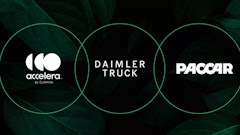
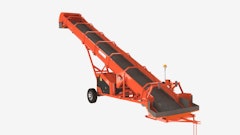
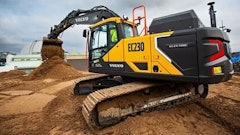
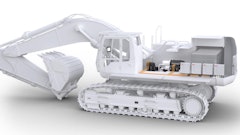
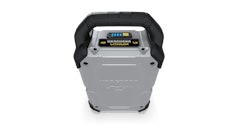
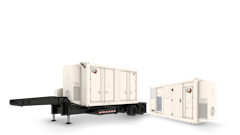

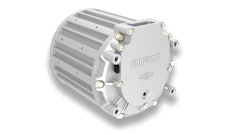
![Freightliner4[1]](https://img.oemoffhighway.com/files/base/acbm/ooh/image/2023/10/Freightliner4_1_.653bd134621e1.png?auto=format%2Ccompress&fit=crop&h=135&q=70&w=240)
